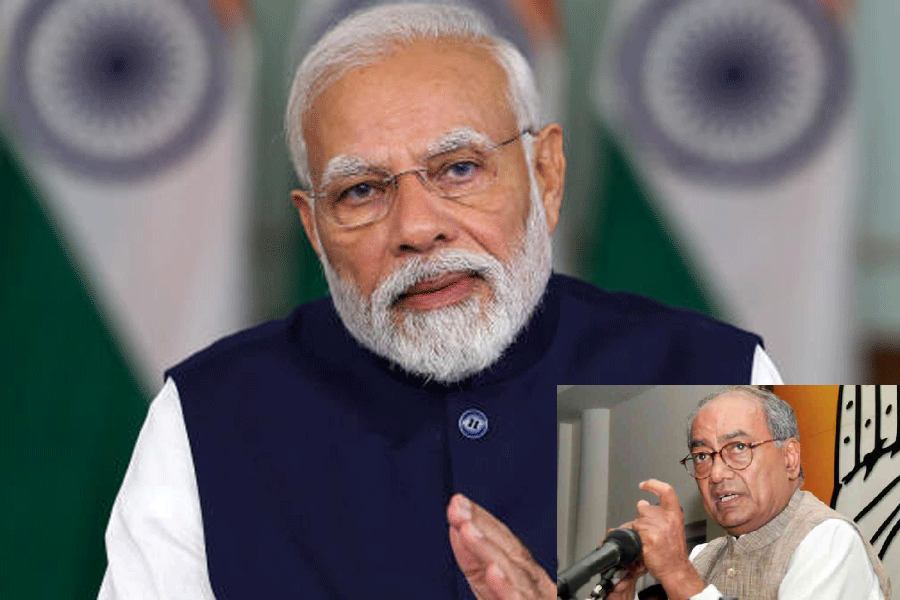Half of Indians who develop any of seven chronic health disorders, including arthritis, cancer, cardiovascular illness and neurological disorders, do so by the age of 53, the first nationwide study measuring disease-onset age has revealed.
The study’s findings suggest that working-age people who develop lifetime disorders while in their 40s or 50s contribute significantly to India’s burden of chronic health disorders, alongside the country’s ageing population under its rising life expectancy.
Researchers at the International Institute of Population Sciences (IIPS), Mumbai, have calculated that the median age is 56 for arthritis, 51 for cancer, 59 for cardiovascular disease, 54 for diabetes, 55 for high blood pressure, 55 for lung disease and 54 for neurological diseases.
A median onset age of 56 years for arthritis indicates that half of Indians hit by arthritis develop the disorder before they turn 56.
The IIPS researchers have published their study in Scientific Reports, a peer-reviewed research journal.
“Such early onset of chronic diseases will shrink the number of healthy years and impact households and the demand for healthcare,” said Rashmi, a biostatistics and demography research scholar at the IIPS and the study’s first author, who uses a single name.
Multiple earlier studies had over the past two decades shown a high prevalence of hypertension, diabetes, heart disease and stroke among Indians aged below 50. But all such studies had focused on prevalence estimates, causes and consequences.
“The onset ages for these seven diseases and the age bands associated with the highest risk were unclear,” said Sanjay Mohanty, professor of population health at the IIPS and Rashmi’s supervisor. “But the early onset ages are important because they impact not just quality of life but also productivity and the economy,” he said.
Rashmi and Mohanty analysed health data from over 65,200 people from all the states as part of the Longitudinal Ageing Study of India, a research effort to track the health, economic, and social well-being of a large sample of people aged 45 years or older.
The researchers say their findings will intensify the debate over whether people currently in their 30s or 40s are healthier than their preceding generation. The study found that individuals in the 45 to 54 age band were 23 per cent more likely to experience diabetes than people above 65 years.
Similarly, the study also found that the risk of hypertension and neurological disease was twice as high in people in the 45 to 54 age band compared with those above 65 years. “These results appear to contradict the expectations that the risk of neurological disorders increases with age,” Rashmi told The Telegraph.
“Two things might account for this apparent contradiction — hypertension and neurological disorders may remain undiagnosed in some who’re above 65 years, or those currently in the 45 to 54 years age group have greater access to diagnosis,” she said.
The most common chronic disease was high blood pressure, affecting 27 per cent of the sample population, followed by diabetes (12 per cent), arthritis (9 per cent), chronic lung disease (6 per cent), heart disease or stroke (5 per cent), neurological disease (2 per cent), and cancer (0.6 per cent).
The study surprisingly found that physically active adults had a greater risk of heart disease and stroke, a result that the researchers say needs to be interpreted with caution.











